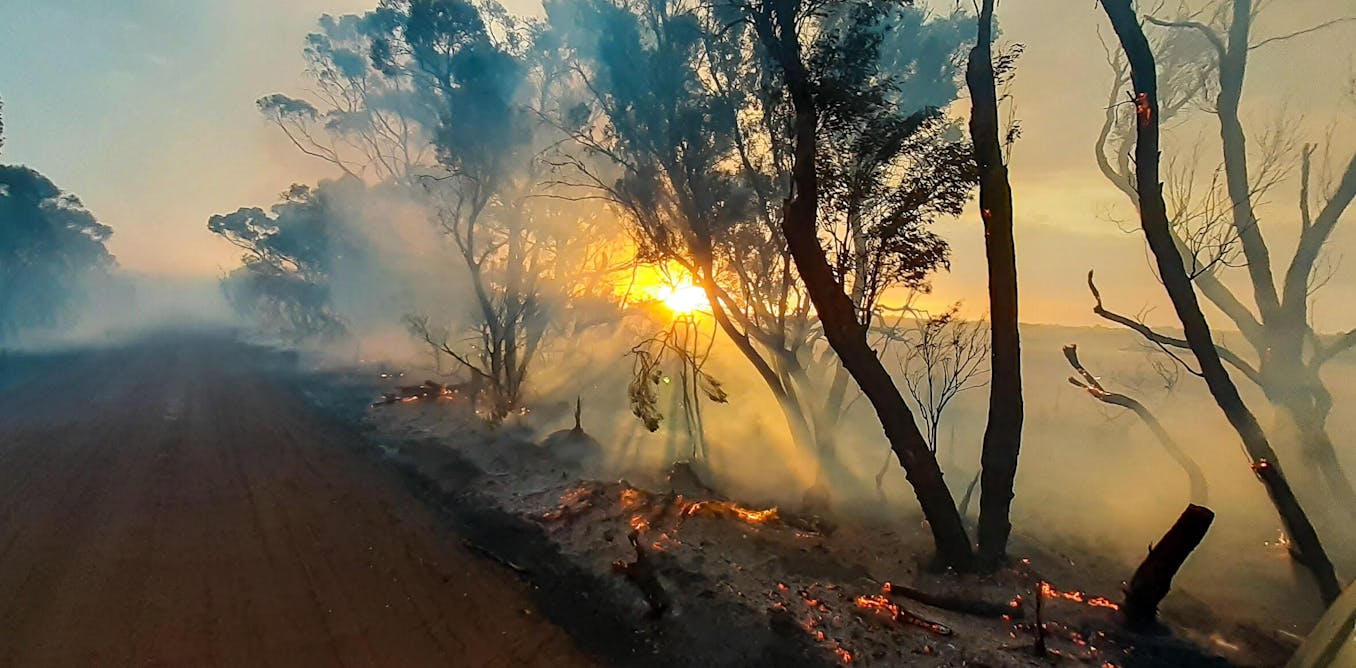Exactly How BAL Report Impacts Shrub Fire Defense Procedures
In the realm of bush fire security, the Structure Strike Level (BAL) record stands as an essential device that considerably influences the security and durability of residential properties in fire-prone areas - BAL Report. The impact of a BAL analysis extends far beyond simple documentation; it functions as the keystone for identifying the ideal building requirements and fire protection procedures necessary to reduce the risks positioned by bushfires. As areas come to grips with progressively severe fire periods, comprehending exactly how the BAL report shapes these protective procedures ends up being paramount for policymakers, building contractors, and house owners alike
Recognizing the Bushfire Assault Level

Relevance of BAL Record Analysis

Moreover, the BAL report assessment offers as a fundamental action in following legal responsibilities and requirements associated with bushfire defense. Neighborhood councils and authorities commonly mandate the entry of a BAL report as component of the preparation and building authorization process to ensure that residential or commercial properties are appropriately safeguarded against bushfire dangers. Stopping working to carry out a comprehensive BAL record evaluation can result in inadequate security actions, leaving homes vulnerable to devastating bushfire incidents.
Building Specifications Based on BAL
A thorough understanding of the Bushfire Strike Level (BAL) enables home proprietors to carry out construction standards customized to their details danger profile. Construction standards based on BAL are essential in minimizing the effect this website of bushfires on buildings. The BAL score categorizes the potential threat a residential or commercial property encounters during a bushfire on a scale from BAL-Low to BAL-FZ (Fire Area)
Carrying Out Fire Protection Actions
With the structure of building and construction requirements based upon Bushfire Assault Level (BAL) in position, the focus now moves towards the practical application of fire security procedures to strengthen properties against bushfire risks. Carrying out fire protection actions includes a combination of passive and active approaches to boost the resilience of buildings in bushfire-prone locations. Passive steps consist of utilizing fire-resistant structure products, mounting cinder guards on vents, sealing spaces in walls and roofing systems, and preserving a clear room around the building devoid of flammable plant life. Energetic procedures include having firefighting devices readily offered, such as tubes and water pumps, in addition to developing a defendable space around the building by getting rid of vegetation and having a well-maintained yard. Furthermore, developing an emptying Going Here plan and making sure all citizens know emergency treatments are essential components of efficient fire defense steps. By incorporating both passive and energetic methods, homes can significantly lower their susceptability to bushfire incidents and boost the safety of residents.
Shielding Residences Versus Bushfires
Effectively securing homes against the destructive effects of bushfires requires a proactive and comprehensive approach to fire defense measures. Furthermore, sealing vents and spaces to avoid ash intrusion, as well as including fire-resistant doors and windows, can help fortify the home's protection versus bushfires. By welcoming a positive stance and incorporating these protective actions, homeowners can dramatically raise their opportunities of securing their homes versus bushfires.
Verdict
In verdict, the Bushfire Attack Degree (BAL) report plays an important duty in determining the necessary security procedures against bushfires. Executing fire security measures based on the BAL record is crucial in safeguarding residential properties from possible bushfire hazards.
In examining bushfire risk to homes, understanding the Bushfire Assault Level (BAL) is a critical element for carrying out effective protection actions. In general, a clear understanding of the Bushfire Strike Degree is necessary for implementing sufficient protection steps and minimizing the influence of bushfires on residential or commercial properties.
